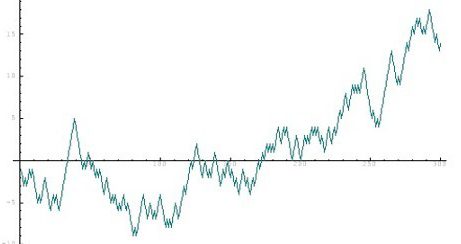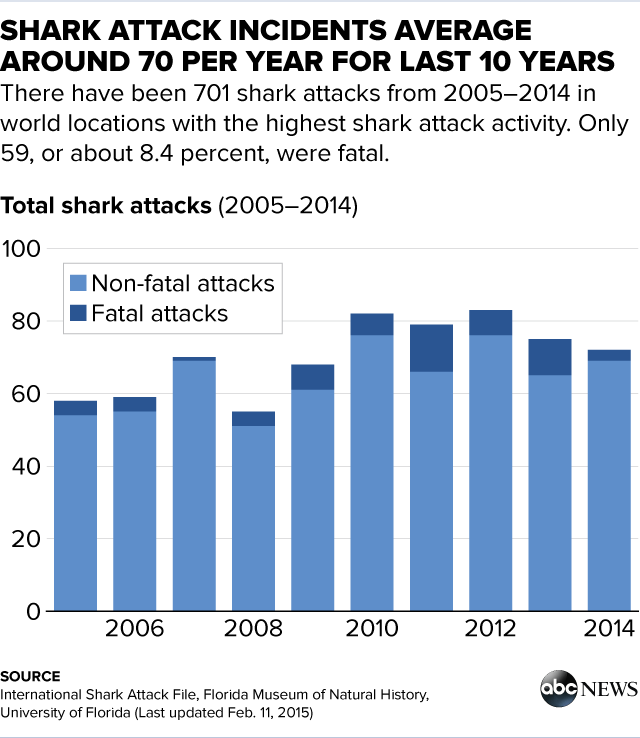It seems that in this time that we are living in now, there seems to be no authoritative figure when it comes to information and whether or not it is valid information. Mezaros discusses a case between students and faculty, where s(he)? discusses how little students have respect for information received by people of authority in schools or universities. Maybe when you were a student in whatever institution of learning, you’d often see that one smart (sometimes arrogant) student in your class who’d often raise his hand to correct a teacher because he or she taught the information they presented was not entirely wrong, but there was a big mistake. At the end, the student would probably get schooled. Another example is that you’d also quite often see on social media platforms where the expressing of an opinion can be a “wrong opinion.” There is a video and in the comments section, there are about 10 users arguing over some silly idea. One user usually trys to start an argument and cause a reaction. At this point in time, it is usually those 10 trying to lay down some facts to prove their opinion and others saying that the other’s facts are wrong and baseless, etc. So we can see there really is a question on authority in terms of information. It seems that all facts are usually false without providing more facts, and those facts are false without even more facts, and the cycle goes on (to some point where everyone can agree, but that’s usually, if ever, hardly the case because everyone wants to be right).





